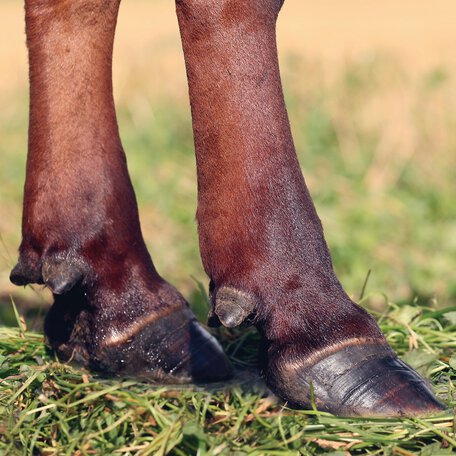Crossbreeding has been a feature of New Zealand dairying for many decades and today, dairy-dense landscapes such as the North Island’s Waikato are peppered with the brown, black and brindle hues of the familiar Holstein Friesian/Jersey crossbreed.
This two-breed Holstein Friesian/Jersey crossbreed has served producers well in producing fat and protein for their milk solids-based contracts but many are now seeking to improve their cows’ vigour and lifespan, by adding a third breed.
The breed that’s coming to the fore is the VikingRed, whose reputation for outstanding health, lifespan and fertility has led to a boom in demand for the breed’s semen.
UK crossbreeding specialist, Chris Stone from VikingGenetics explains: “By adding any third breed you are immediately gaining extra benefits from hybrid vigour but by choosing the VikingRed you are introducing the numerous health and fertility traits which have been a key feature of the Viking countries’ breeding programme for over 40 years.”
“The VikingRed is also the ideal grazing size to complement the Holstein Friesian/Jersey crossbreed, being partway between the size of a Jersey and a Holstein-Friesian.
“Its ability to maintain body condition and good foot health ensure the breed perfectly meets the needs of New Zealand’s profit-driven farmers and its high-quality milk also falls between the black and white and Jersey breeds.”
Selection of bulls
The bull selection for the New Zealand VikingRed lineup:
- Average to below average for stature
- High fertility
- High components
- Beta casein genotype A2A2
- Good udder health





